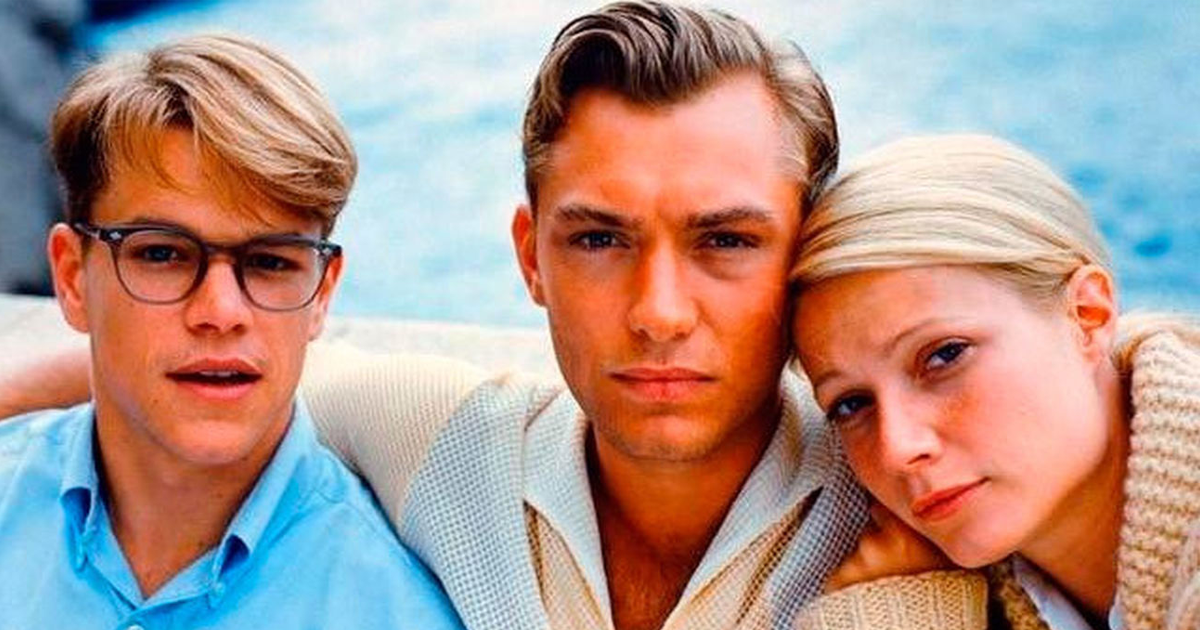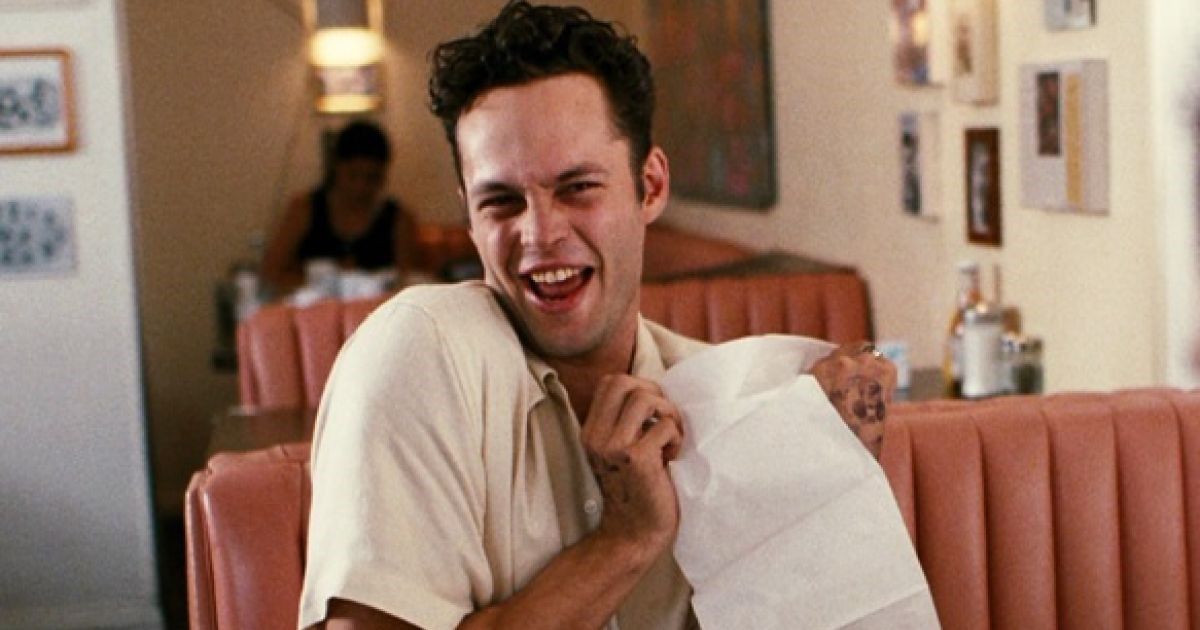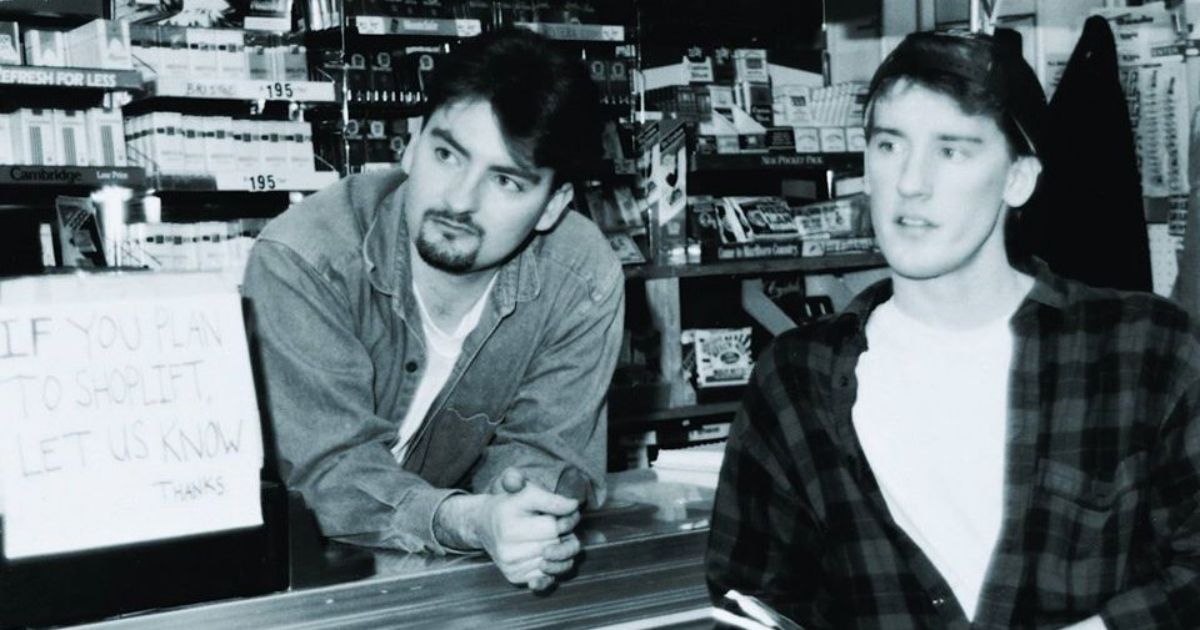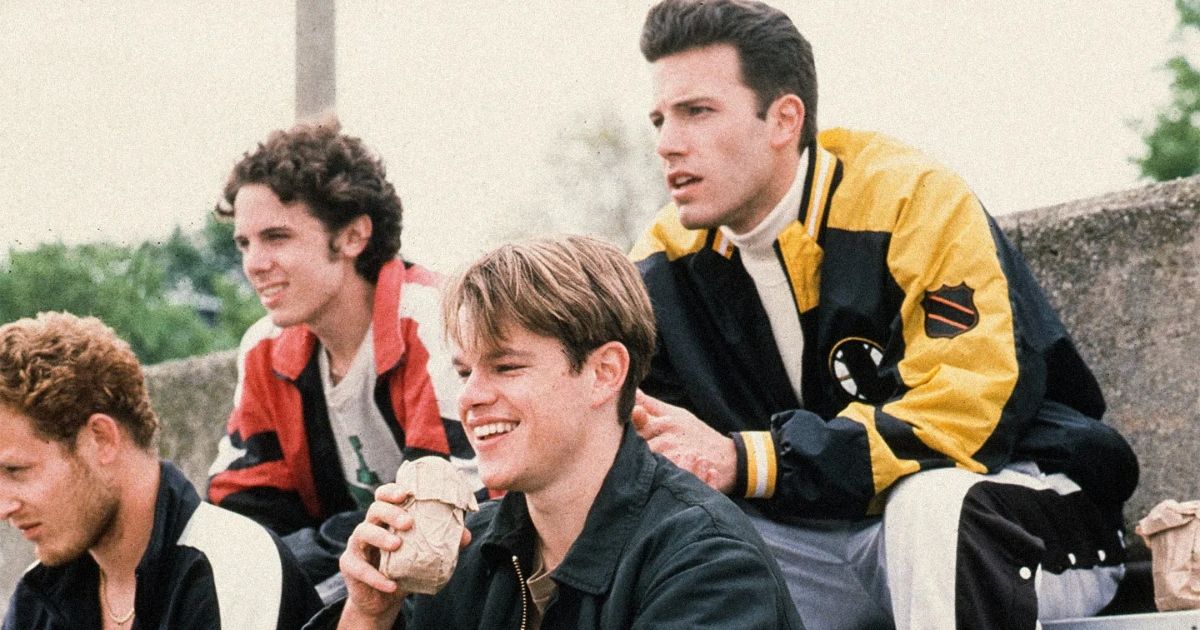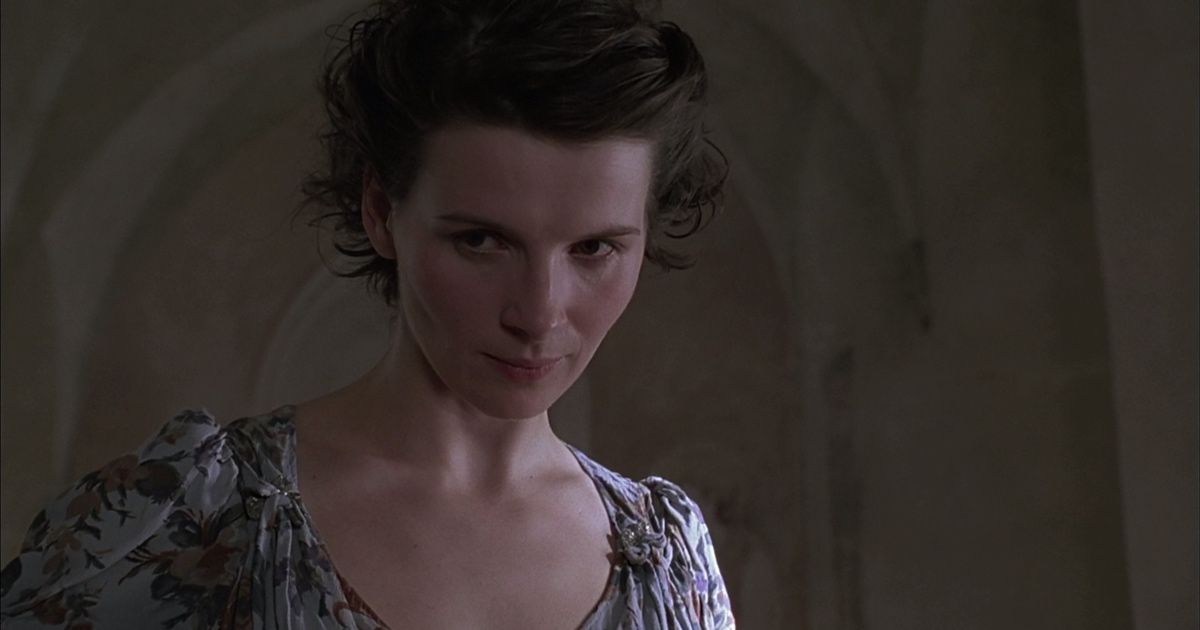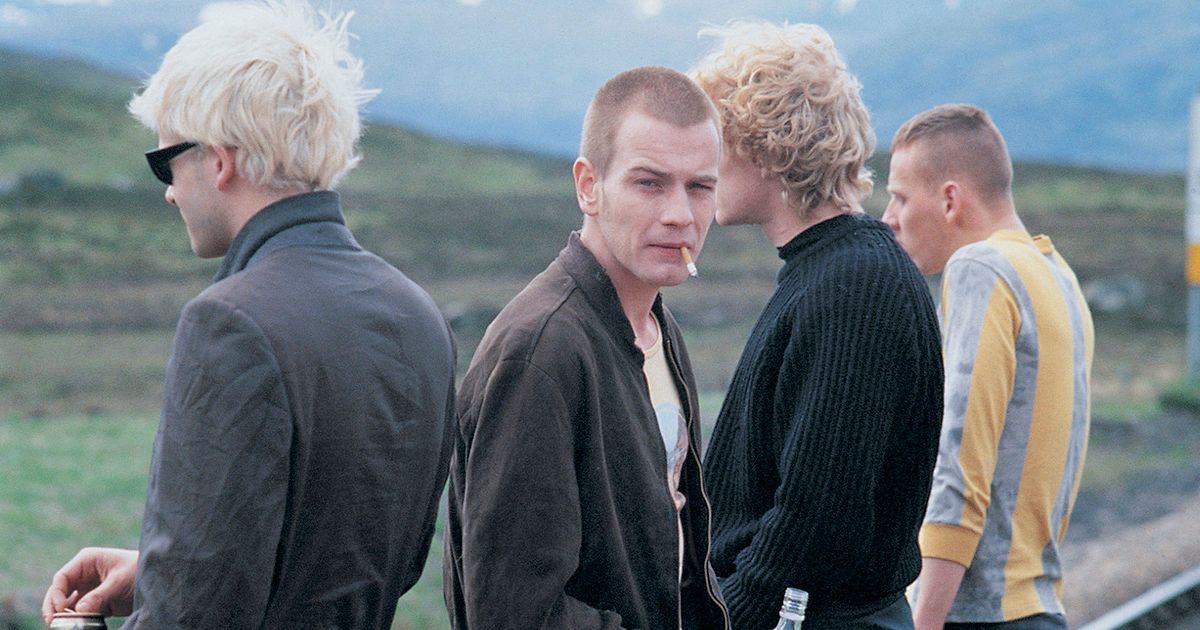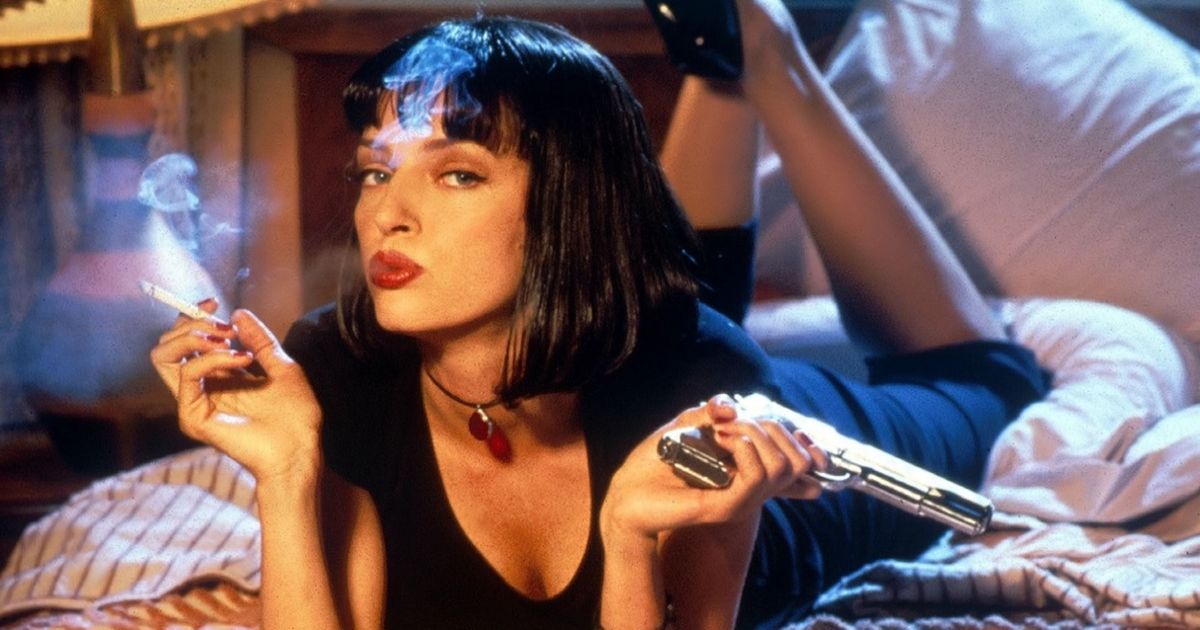The rise of the Miramax Media Group is a difficult topic to broach, given the company’s founding by Harvey and Bob Weinstein and their supervision of its major period of growth, expanding from a distributor of small, independent films in the late 1970s to today’s media conglomerate, now under the ownership of Paramount. There is no way to separate Harvey Weinstein’s megalomaniacal and criminal behavior from a conversation about Miramax’s 1990s heyday, when the production company occupied a space somewhere in between small arthouse studio and major motion picture company, ushering many of the decade’s greatest films from concept to awards show success. Still, the cadre of exceptional filmmakers who profited from an association with Miramax still deserve exaltation despite the stench that subsequent revelations about the producer have cast over the entirety of Miramax’s rise.
Let us focus instead on the thematic similarities between these films, which owe as much to the ’90s galvanizing the rise of independent movies, and the fact that most of these films were so groundbreaking, they likely would have found distribution elsewhere, if not as big of an audience as they did under the watchful eye of the now-convicted sex offender. Miramax’s biggest quantum leap into this realm came with the release of Sex, Lies and Videotape, which won the Palme d’Or at the 1989 Cannes Film Festival and earned enough cultural relevance to be preserved in the Library of Congress’ National Film Registry. The Steven Soderbergh film helped create a culture of edgy films at Miramax for the next decade and gave the company enough heat to continue distributing major independent films produced domestically and from abroad. The ’90s brought the company’s most important movies, and their buy-and-distribute formula elevated indies to unprecedented levels of popularity.
The following films illustrate the artistic highpoints of the 1990s independent film powerhouse.
20 Velvet Goldmine
Todd Haynes’ 1998 ode to the glam rock movement of the 1970s, Velvet Goldmine amalgamated the glitterati rockers David Bowie and Marc Bolan into Brian Slade (Jonathan Rhys-Meyers) to diagram the rise of the movement’s gay and androgynous lifestyles and fashion. The film became one of the great platforms for costume design in the ’90s, securing Sandy Powell a BAFTA award and an Oscar nomination for its bedazzled, technicolor wardrobe. Standout performances by Rhys-Meyers and Christian Bale helped elevate the actors to sought-after-status, and Haynes’ examined the self-built quality of icons like Bowie and Brian Ferry, glam rockers who created entire personas as part of the gesamtkunstwerk of rock’s most decadent movement.
19 Dead Man
Jim Jarmusch’s nod to the acid western genre created by Alejandro Jodorowsky’s film El Topo, Dead Man took a quieter, monochrome approach to the genre, creating a hallucinatory frontier story that saw William Blake (Johnny Depp) take to a vision quest after sustaining a terminal gunshot wound. He is ushered by a Native American pariah named Nobody (Gary Farmer) through creeks and villages, finding little refuge from the omnipresent frontier violence that repeatedly sweeps him up. Jarmusch’s unique approach to casting gave way to an amazing appearance by Iggy Pop as Sally Jenko, a fur trader who most embodies the intrepid nature of this curious collection of frontiersmen. Depp gives one of his most nuanced acting performances, when the actor was on a run of films directed by indie luminaries Jarmusch, Terry Gilliam and Lasse Halström.
18 Jackie Brown
Quentin Tarantino is the director who arguably profited most, creatively-speaking, from his relationship with Miramax. The company gave him the lattitude to make anti-commercial casting decisions, in this case using Pam Grier in the title role of Jackie Brown, and helping renew the career of forgotten actor Robert Forster. Despite Pulp Fiction making him the hottest director in Hollywood three years earlier, Tarantino took his time developing Jackie Brown, a dialogue-driven crime epic that was clearly unconcerned with box-office viability. Grier’s performance was top-notch, utilizing all the sex appeal and attitude of her blaxploitation roles in the 70s while finally finding a script that matched her acting talent. The film totally and utterly eschewed commercialization, casting its most marketable actor, Robert DeNiro, in a bit part as a seedy ex-con, and Jackie Brown profited creatively (if not financially) from the subversive approach.
17 Princess Mononoke
Miramax was prescient in heralding the rise of Japanese animation house Studio Ghibli, giving Princess Mononoke U.S. distribution after it had already become Japan’s highest grossing film. The relationship was a double-edged sword, as Ghibli’s executives fought with the mercurial Harvey Weinstein over dubbing and editing the film for American audiences, with one producer sending Weinstein a samurai sword inscribed with the message “No Cuts.” Still, Neil Gaiman’s script for the movie’s American release maintained enough of the original film’s spirit to make it a critical success in the U.S., laying the groundwork for Ghibli’s rise as international animation’s foremost studio. The film made a large impression in the U.S., and its influence can be seen everywhere from the dire wolves in Game of Thrones to design elements of James Cameron’s Avatar.
16 The Cider House Rules
John Irving won the Academy Award for Best Adapted Screenplay for The Cider House Rules, refashioning his own novel for the silver screen in Lasse Halström’s orphanage drama. Michael Caine also benefited from Harvey Weinstein’s infamous awards season campaigning, beating out career-defining performances by Tom Cruise in Magnolia and Haley Joel Osment in The Sixth Sense to win the Oscar for Best Supporting Actor. While the film was a critical success, it became diagrammatic of Weinstein’s over-exertion of influence on the Academy voting process, which saw this film and Shakespeare in Love garner much more awards notice than they might have at another studio. Nonetheless, Caine’s performance was sublime, and brought a tragic tenderness to Irving’s tale of orphans grasping for inclusion in a world that has forgotten them.
15 Rumble in the Bronx
Laugh all you want, but Jackie Chan is as big of an international movie star as any actor on Earth. His films have, according to Forbes, earned more than $2.6 billion globally, and the Miramax-distributed Rumble in the Bronx was the first film to properly market the martial arts master outside of China. This crosspollination of Hong Kong and Hollywood was way ahead-of-its-time, with the Chinese market nowadays regularly dictating how streaming platforms conceive of and market their films and series. The movie is no slouch, either, with Chan’s carefully-choreographed action scenes and wire-work flying kicks influencing everyone from Tarantino to the MCU.
14 Flirting with Disaster
After making a critical impression with his debut film Spanking the Monkey, writer-director David O. Russell attracted a bigger-name cast for his uproarious sophomore film, Flirting with Disaster, which starred Ben Stiller as a man-on-a-mission to find his biological parents. Russell never shied-away from controversial subjects, following his bizarrely oedipal first film with this wild ride, which featured one of Russell’s classically-dysfunctional families. Russell reigned in this theme for later films like Silver Lining’s Playbook, and that evolution stands testament to how uncensored and experimental this period of filmmaking was.
13 Basquiat
Jean-Michel Basquiat’s paintings have become a cultural commodity in the last 20 years or so, finding their way onto coffee mugs and t-shirts long after the artist’s untimely death in 1988, but there was a time in the ’90s when the artist was underappreciated. Fellow painter Julian Schnabel sought to change that with his ode to the prodigal bohemian, Basquiat. Jeffrey Wright impressed with his role as the introverted young man, who rose from graffiti artist to blue chip painter with the aid of Andy Warhol, played by Warhol confidante David Bowie. Schnabel clearly had all the sensitivity as a filmmaker that he did as a painter, casting Gary Oldman as himself (under the pseudonym Albert Milo) and replicating the downtown Manhattan gallery universe that became Basquiat’s playground. The film highlights the artist’s discomfort in fame, as he glides between the worlds of hip-hop, fine art and high society.
12 Get Bruce
Get Bruce took a look behind the curtain of Hollywood’s biggest awards shows, where Bruce Vilanch became the most sought-after joke writer for Oscar hosts like Billy Crystal and Robin Williams. Vilanch’s unkempt appearance belied his slick jokes, which found so much favor over the years he was eventually tasked to write for heads-of-state. This documentary brought his niche writing genius to new levels, prompting his elevation to head writer for the Oscars in 2000, and making the red-spectacled funnyman a respected voice in the gay community.
11 Sling Blade
Billy Bob Thornton’s career saw fits and starts before Sling Blade made him a star. The actor had little success earning big roles early in his acting career (anyone remember Chopper Chicks in Zombietown?), before he took matters into his own hands by writing, directing and starring in Sling Blade. The film became a sensation, with Thornton’s performance as the intellectually-challenged Karl Childers becoming the film’s greatest asset.
10 Reservoir Dogs
Reservoir Dogs‘ $2.9 million box office run in 1992 was only the tip of the iceberg, as the cult hit seemed to grow exponentially in popularity, even before Pulp Fiction introduced a wider audience to Quentin Tarantino. By 1994, there was nary a college dorm room without a Dogs poster prominently displayed, and Stealers Wheel’s Dylan-esque “Stuck in the Middle with You” from the infamous torture scene found its way onto many a Sony Walkman. The movie’s hyper-stylized, Ray-Ban sporting ensemble cast became iconic, and big name actors suddenly clamored for inclusion in Tarantino’s next film, Pulp Fiction. The film’s potty-mouthed ensemble became known as one of the greatest assemblies of acting talent in the ’90s, setting up Tarantino’s elevation from cult hero to Hollywood’s most famous young director.
9 Three Colors: Blue
Krzysztof Kieślowski had already established himself as one of Europe’s preeminent filmmakers with his Dekalog mini-series for television, an expansive and heavy-handed look at lives in and around a Warsaw, Poland housing project, before beginning work on his poetic trilogy Three Colors. The first installment, Blue, was an agonizingly exquisite artwork, casting Juliette Binoche as Julie de Courcy, the widow of a composer, whose work she may have ghost-written herself. The film follows her along the trail of unlocking her deceased husband’s secret life, while she starts a new life in Paris. Kieślowski’s trilogy projected pure emotion, with Blue showing all the viscera of an empowered woman whose life has been turned upside-down.
8 The Ice Storm
If Planes, Trains and Automobiles is seen as the greatest Thanksgiving movie ever made, then The Ice Storm is certainly the oddest. Ang Lee’s drama, set around bored, upper-class 1970s Connecticut families who use key parties and substances to spice up their lives, became a critical boon for Miramax, if maybe a film you’d want to avoid watching with your parents. Surprising, given the context of the script, was the fact that it elevated its younger actors more than luminaries like Sigourney Weaver. Tobey Maguire, Christina Ricci and Katie Holmes all gave beyond-their-years performances, highlighting all the adolescent awkwardness of Rick Moody’s 1994 novel.
7 The Talented Mr. Ripley
One of Miramax’s greatest box-office successes of the late ’90s, The Talented Mr. Ripley introduced American audiences to the talents of Jude Law and galvanized his fame back home in Britain. Law won a BAFTA for Best Actor in a Supporting Role, as well as an Oscar nomination for his role as Dickie Greenleaf, whose enviable life in the film lays the groundwork for Tom Ripley (Matt Damon) to assume his identity. 1999 became the biggest year in Gwyneth Paltrow’s acting career, as well, with Ripley gaining her critical notice, and Shakespeare in Love earning her a Best Actress Oscar. Her relationship with Miramax was a Catch-22, for despite the massive success she received from these films, it was fraught with the torment of Harvey Weinstein’s obsession with the actress, brought to light in 2022’s She Said.
6 Swingers
“You’re so money, baby.” Vince Vaughn turned out to be exactly that in Swingers, as the actor, who had only been cast in bit parts to that point, suddenly became a sought-after comedic actor. Jon Favreau’s earnest script for the film became a sort of autobiography of his fledgling attempts to gain notice in Hollywood, as the dingy apartments and thankless casting-calls of aspirant actors became the film’s focus. The neo-swing lifestyles of the film’s main characters became its greatest earmark, as the two-tone shirts and heavily-greased pompadours became a Los Angeles trend after the film reached cult status.
5 Clerks
Kevin Smith’s humble New Jersey origins became the basis of his first, self-financed film Clerks, which had such controversial content that it led to a Miramax lawsuit against the MPAA to get the film reduced to an R rating. Smith’s penchant for lewd comedy came to the fore, as Clerks day-in-the-life setting around a convenience store introduced us to Smith’s recurrent Jay and Silent Bob characters, and some sidesplitting dialogue about the nature of 20-something relationships in the 1990s.
4 Good Will Hunting
The confluence of talent in Gus Van Sant’s 1997 drama became the stuff of film lore upon the release of Good Will Hunting, which won a youthful Matt Damon and Ben Affleck an Oscar for Best Original Screenplay and a Best Supporting Actor Oscar for Robin Williams, whose talent for dramatic acting finally got its just due. The movie became Miramax’s highest grossing ’90s film, as well, elevating the careers of just about everyone associated with it, including singer-songwriter Elliot Smith, whose songs for the film skyrocketed the artist to fame and led to an unexpected, tear-jerking performance of “Miss Misery” at the 1998 Oscars.
3 The English Patient
Anthony Minghella’s association with Miramax produced his two most critically-acclaimed films in the ’90s, The English Patient (which he also scripted) and The Talented Mr. Ripley. The former film was a heartbreaking romance, set against the backdrop of World War II, which provided a platform for two of the decade’s most revered acting performances by Juliette Binoche and Ralph Fiennes. While Minghella won awards nominations for Cold Mountain in 2003, his career never again reached the heights of his incredible ’90s run.
2 Trainspotting
Danny Boyle’s whirlwind film Trainspotting brought to fruition all the promise of his first movie, Shallow Grave, this time with a decadent, illustrious look at the hallucinogenic highs and vomitous lows of heroin addiction. This dream-turned-nightmare immersed audiences among a ragtag crew of Scottish addicts led by Mark Renton (Ewan McGregor), who decides to “choose life” over the dire and terminal consequences of this group of escapists’ attempts to make life in an impoverished Edinburgh more exciting. Boyle’s career was set in to motion by the much-admired film, which launched him across a smattering of different genre films, eventually culminating in his Oscar triumph 12 years later with Slumdog Millionaire.
1 Pulp Fiction
The magnum opus of Miramax’s amazing ’90s run, Pulp Fiction, was phenomenological for its effect on the careers of everyone associated with Quentin Tarantino’s masterpiece. It won Tarantino the Palme d’Or at Cannes and a Best Original Screenplay Oscar, rejuvenated the stalling careers of Bruce Willis and John Travolta, and gave proper voice to the preternatural slam poetry of Samuel L. Jackson’s unparalleled approach to acting. The film gave the type of creative latitude to Tarantino that had only previously been enjoyed by Stanley Kubrick under his famous Warner Bros contract, setting in motion a career for the screenwriting savant wherein he would negotiate his creative vision with exactly no one.



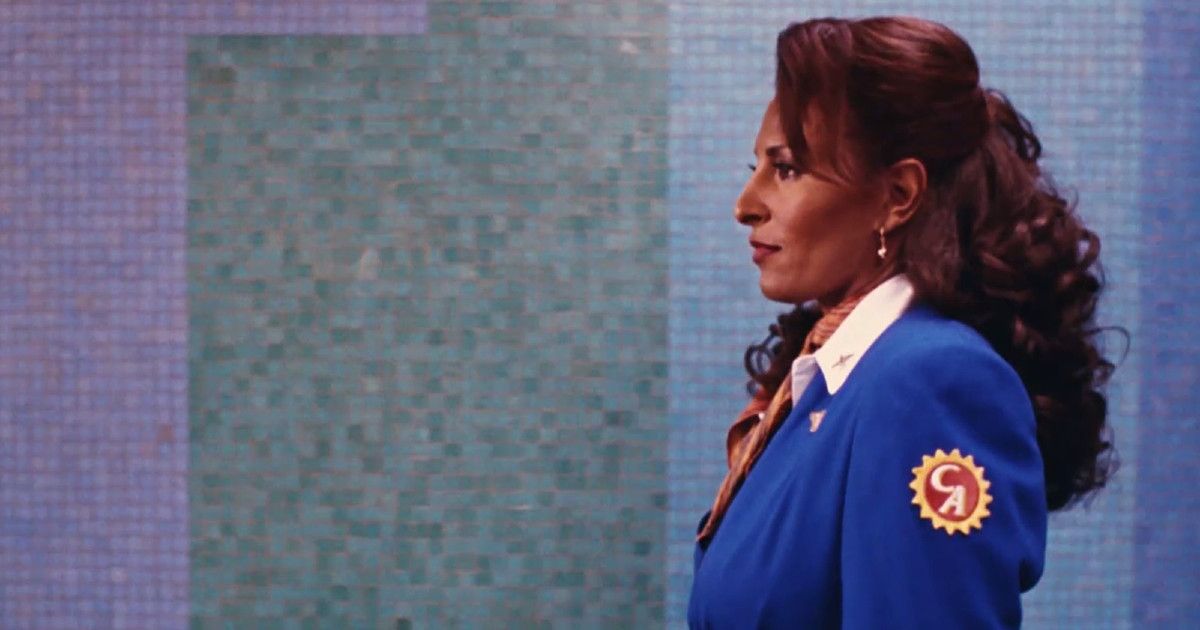
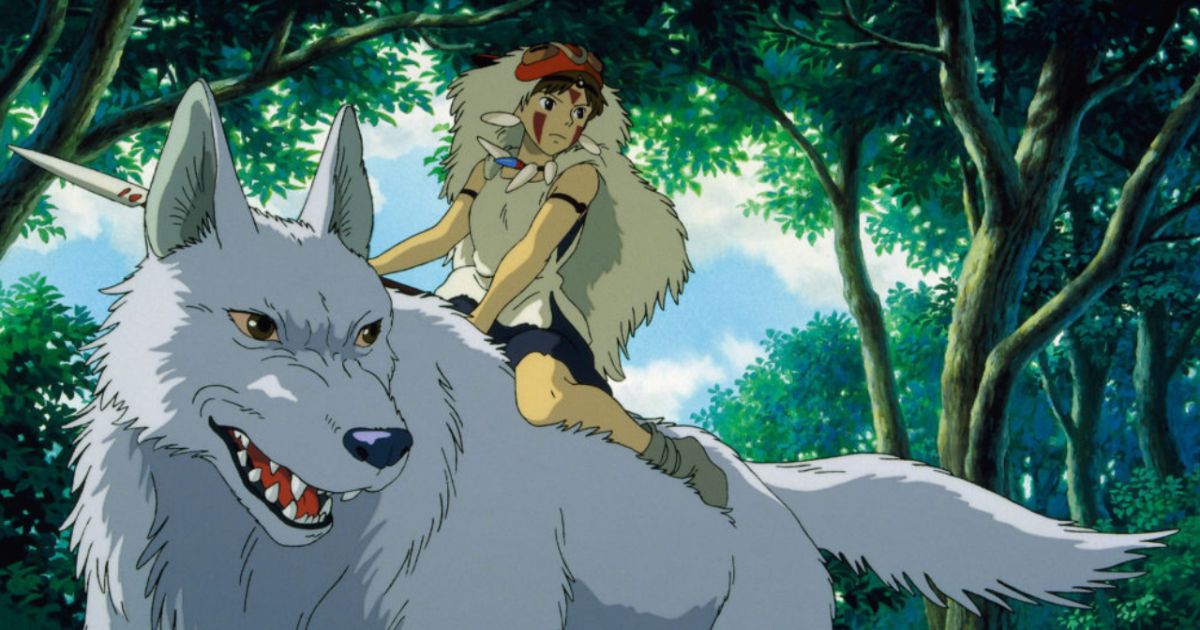
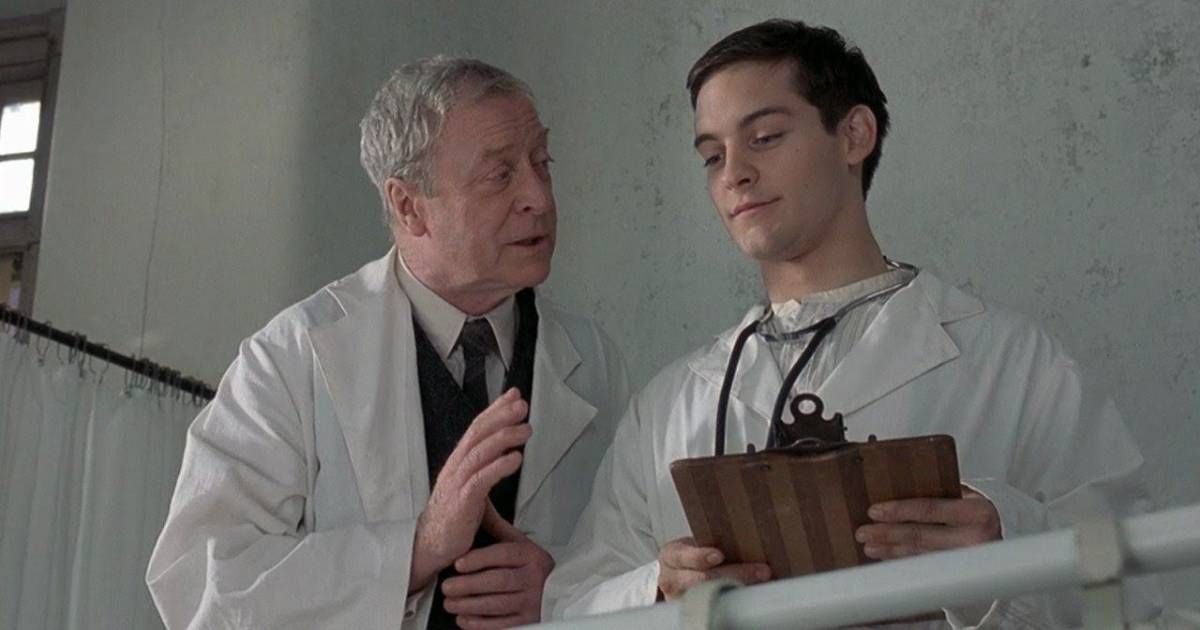
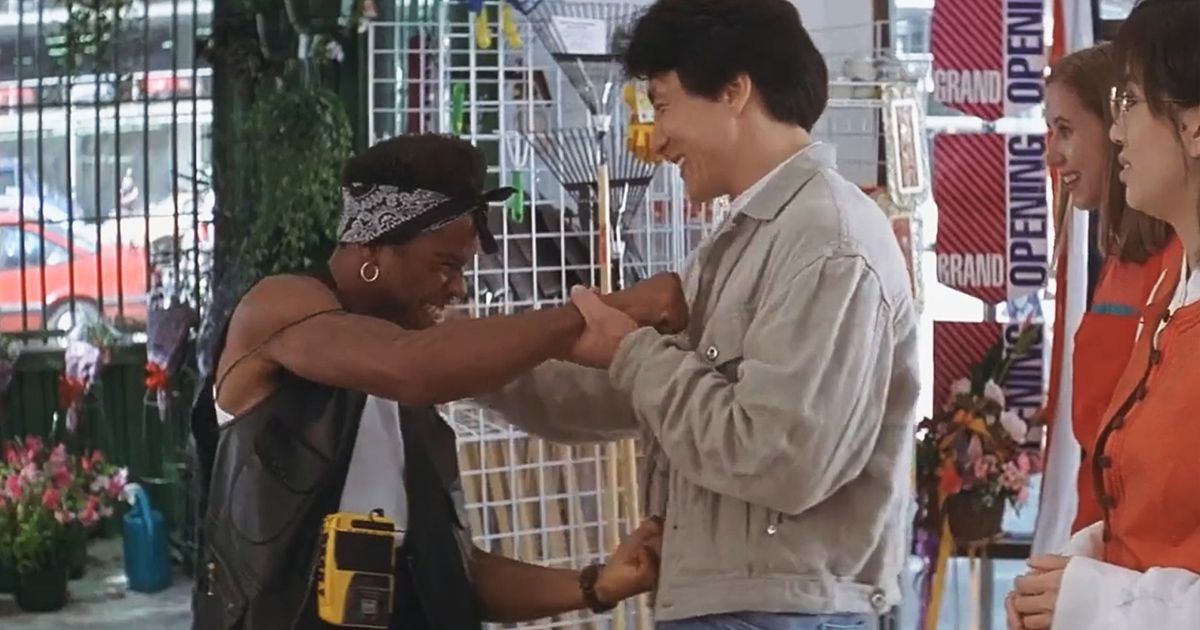
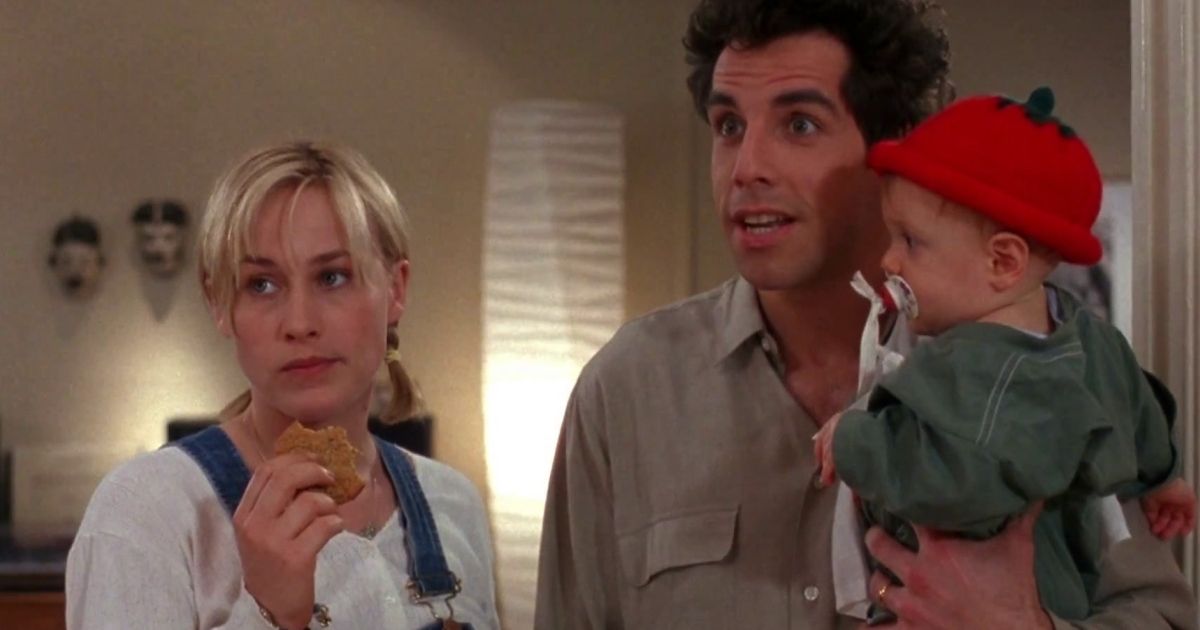
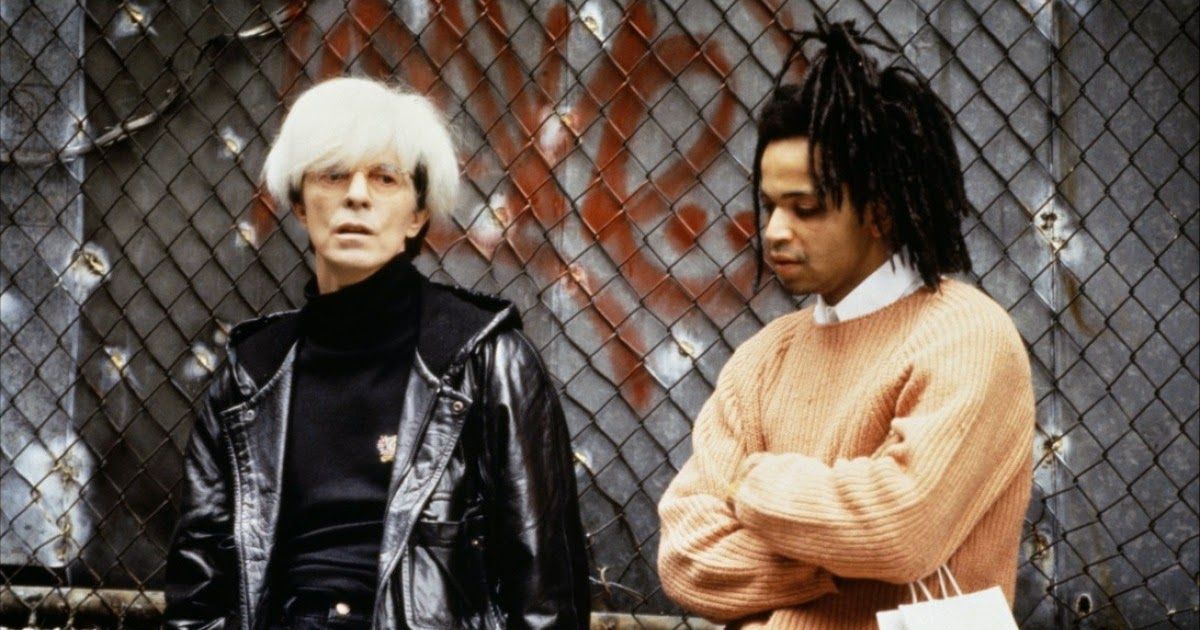

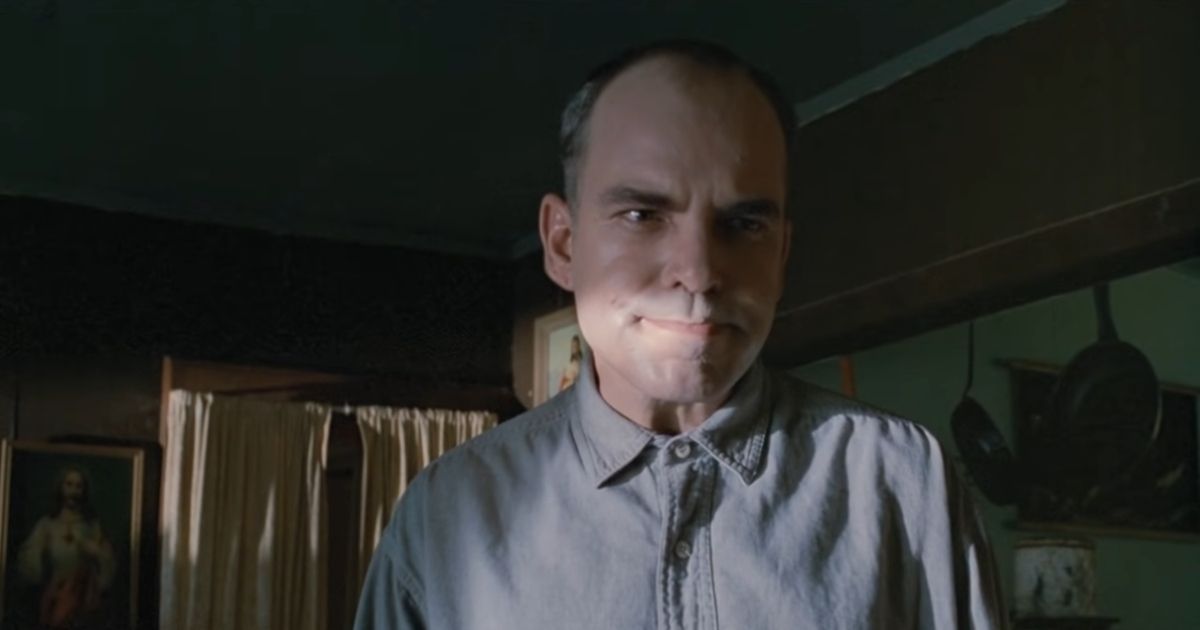
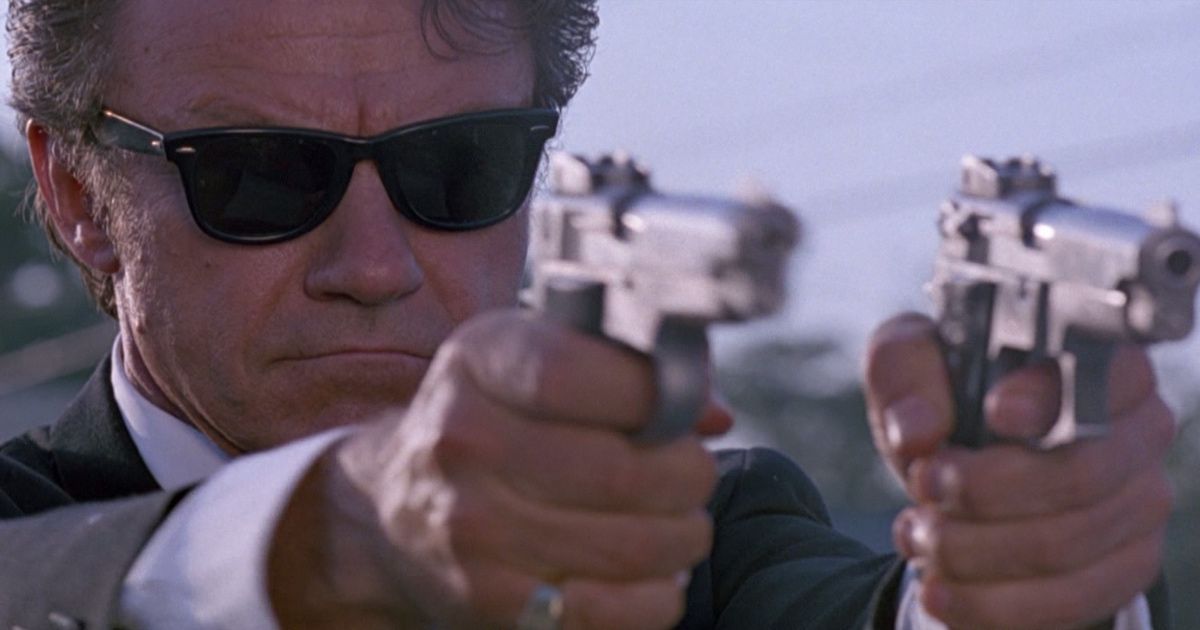
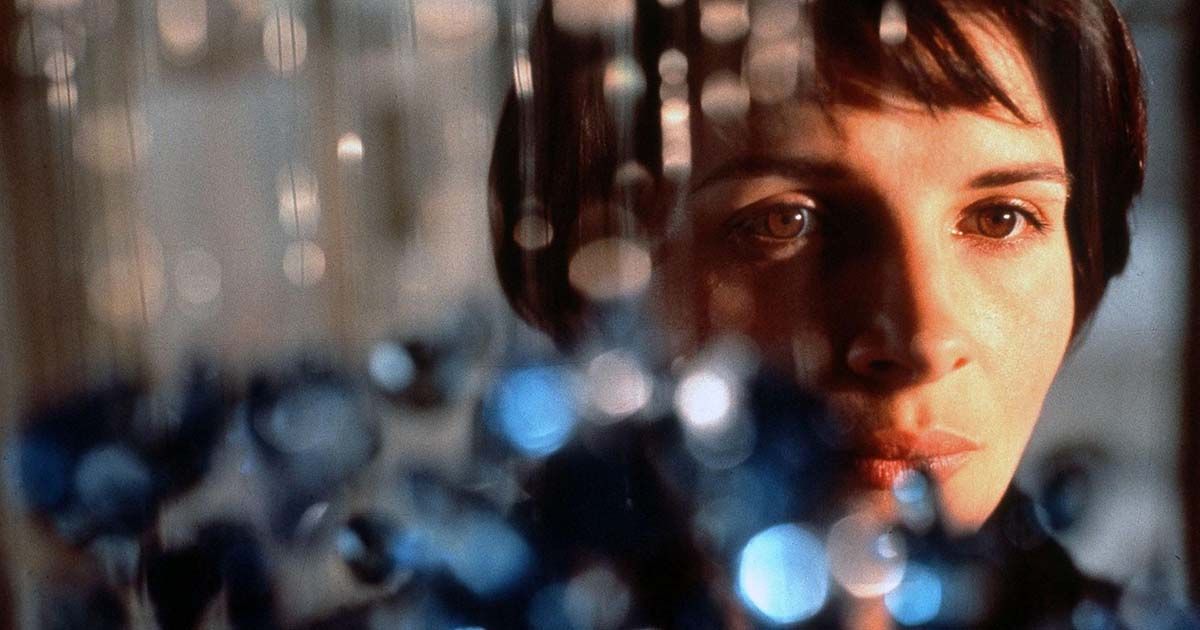
.jpg)
